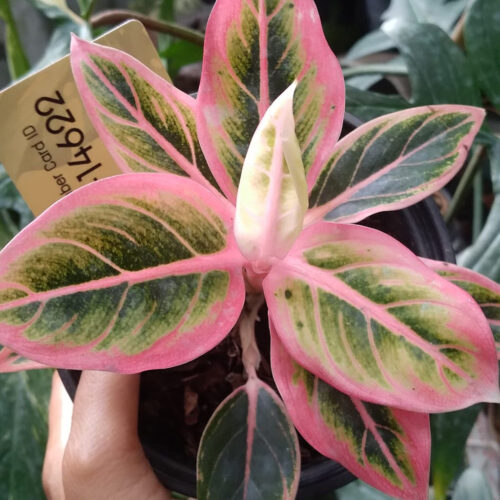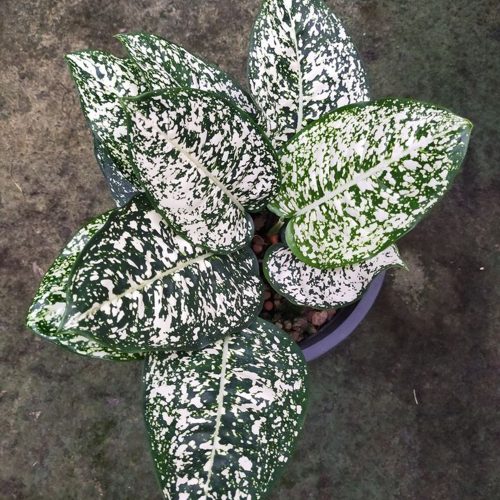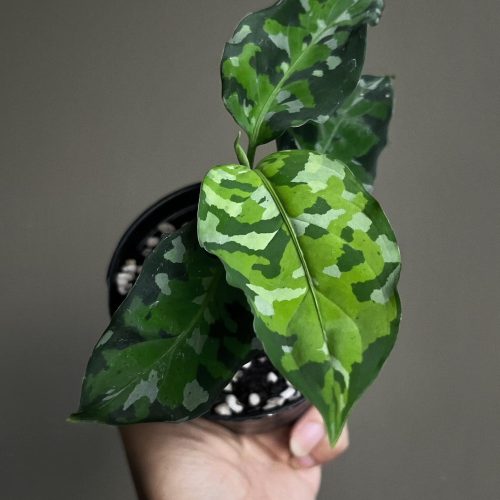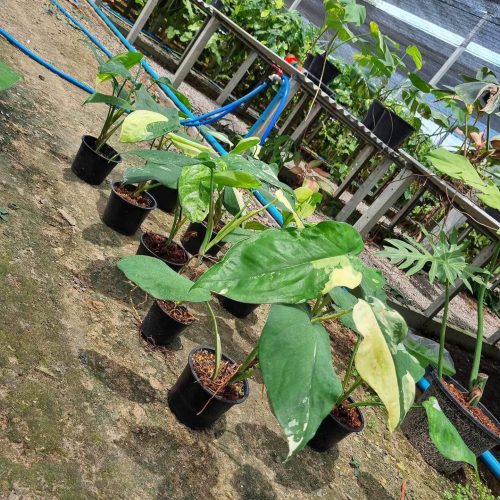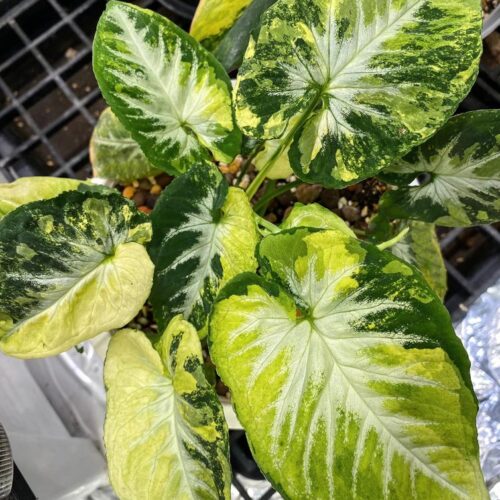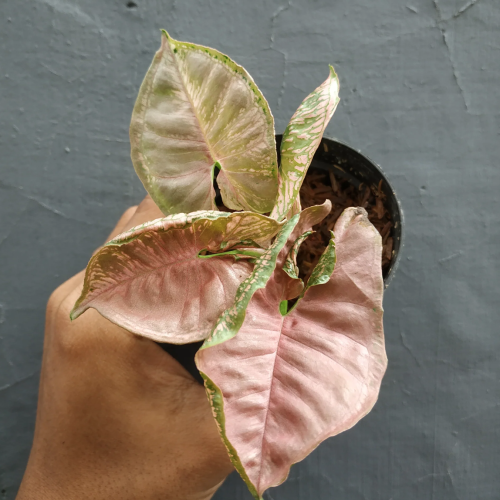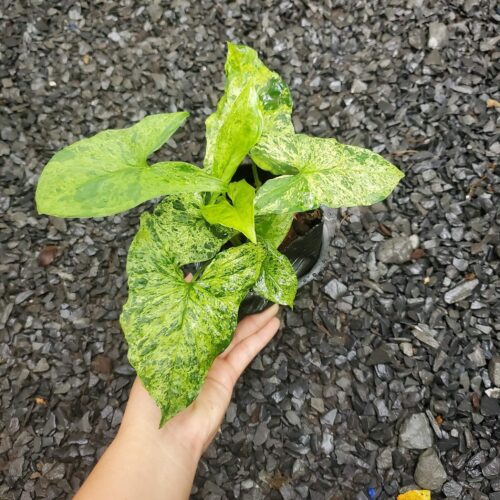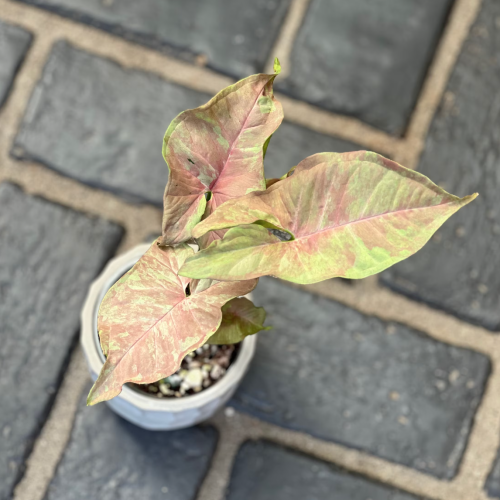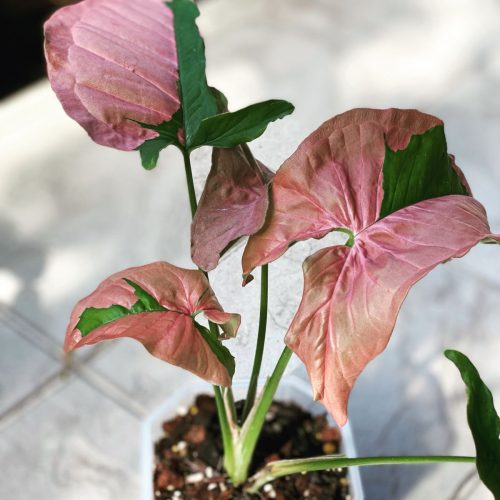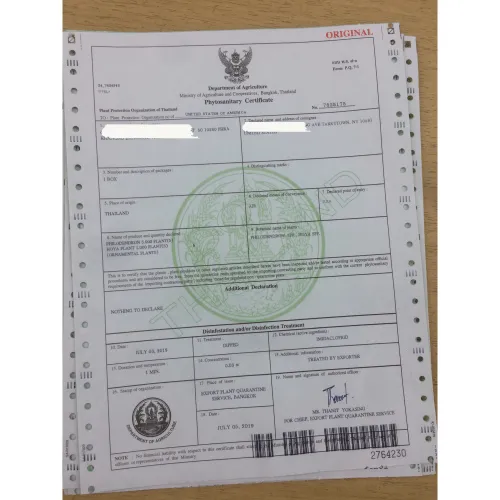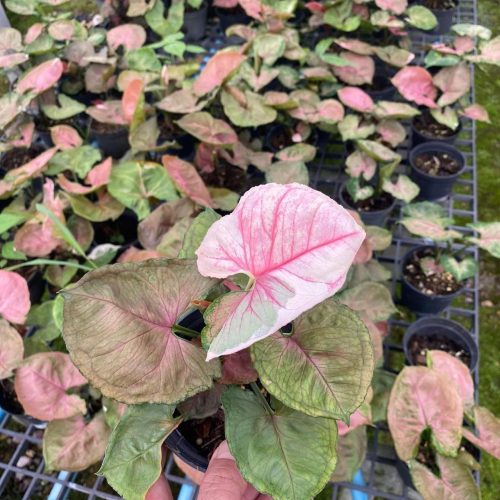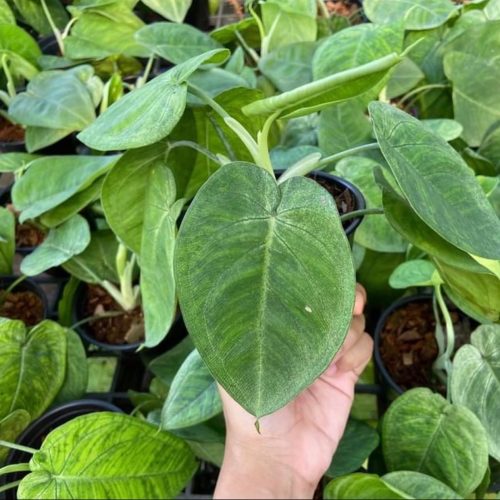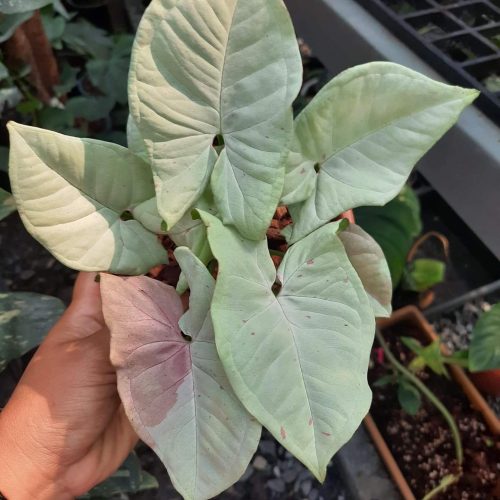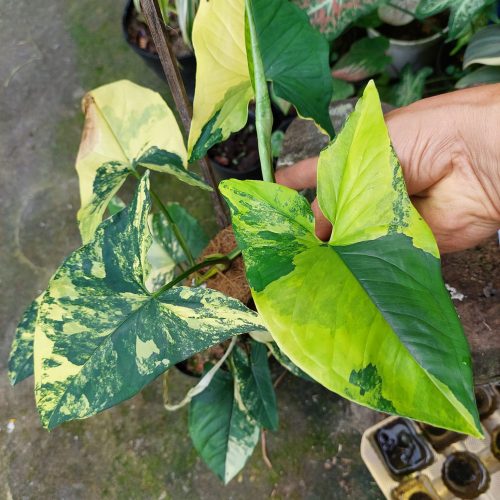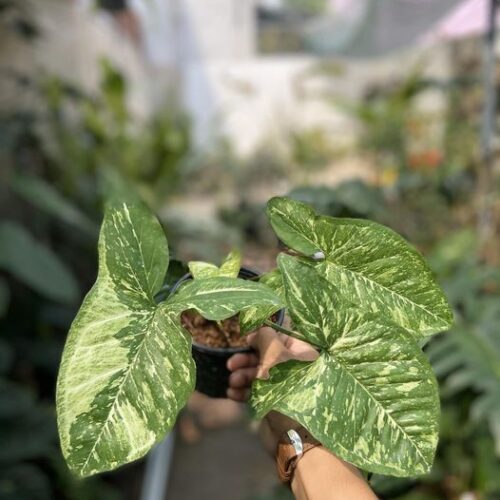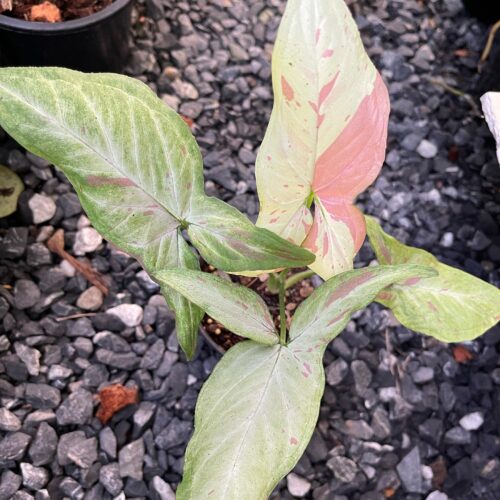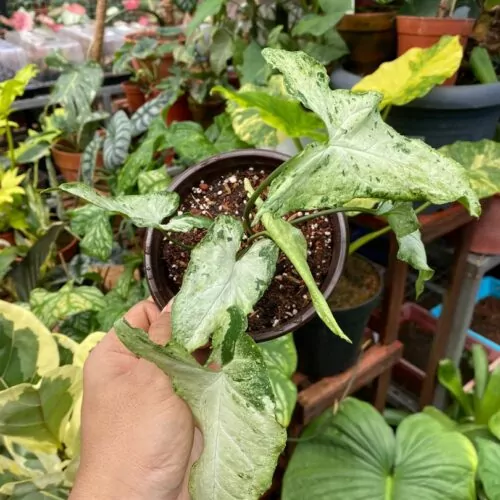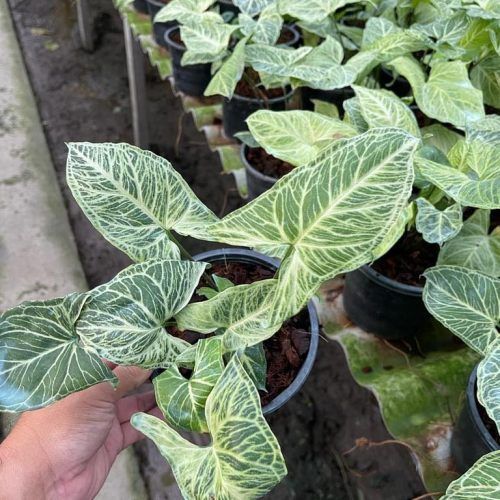Monstera plants, also known as split-leaf philodendron, are popular tropical houseplants known for their large, showy, split or holed leaves. As monsteras mature and climb, their stems can become quite long and heavy, necessitating some form of support to keep the plant growing upright and prevent damage. Here are some tips for providing adequate support for your monstera plant.
Using a Moss Pole
Moss poles provide an attractive, natural-looking form of support for climbing aroids like monsteras. The rough, fibrous surface of the moss also encourages aerial root attachment.
Selecting and Preparing a Moss Pole
- Choose a moss pole that is about 2/3 the height of your plant and has a diameter of 4-6 inches. Look for poles made of natural materials like bamboo or non-toxic PVC.
- Before use, soak the moss pole in water to increase moisture. Trim off any excess moss.
- Moss should cover at least 50% of the pole’s surface area to allow space for aerial roots to attach.
Securing the Plant
- Place the moss pole into the monstera’s pot next to the main stem. Use bamboo stakes or plant Velcro strips to keep it upright.
- Gently tie the monstera’s stem to the pole using soft plant ties or Velcro strips, spacing ties every 6-8 inches.
- As new aerial roots emerge, gently guide them onto the moss pole so they can cling and climb upwards.
Maintaining the Moss Pole
- Routinely check ties to ensure they are not too tight or biting into stems.
- Keep the moss moist by misting it regularly or placing the bottom in a water reservoir.
- Add new moss as needed to refresh bare spots and encourage optimal root attachment.
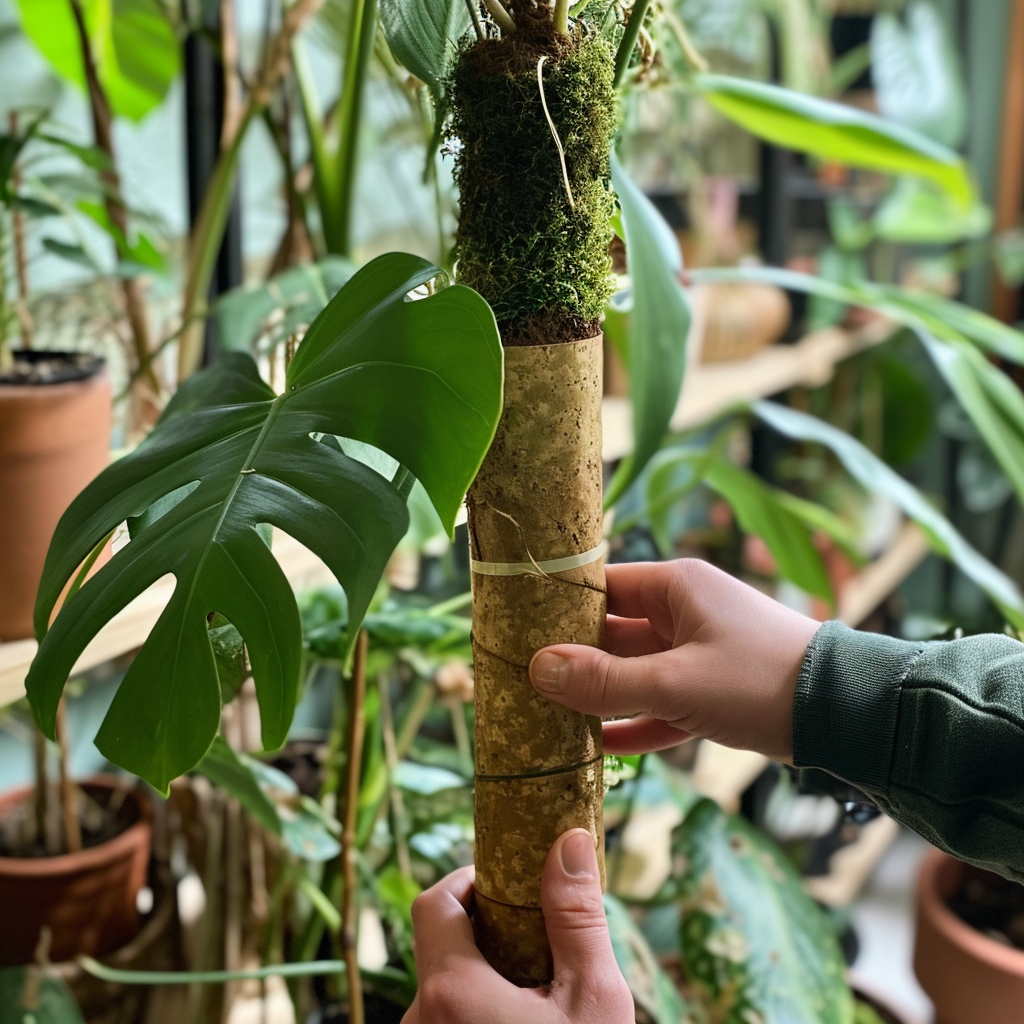
Using a Trellis, Pole, or Stake
For monsteras that don’t require quite as much support, a simple trellis, pole, or stake may suffice.
Choosing a Support
- Select a trellis, pole, or stake that is about 2/3 the height of the plant. Opt for durable, non-toxic materials.
- For single stems, use a sturdy bamboo stake. For multi-stemmed plants, use a trellis or A-frame structure.
- Ensure the support fits securely into the pot and will not shift or wobble.
Popular plants like Aglaonema and Epipremnum also benefit from using trellises, as they share similar growing habits.
Securing and Training Growth
- Use soft plant ties or twist ties to gently secure thicker stems to the support every 4-6 inches.
- As new shoots emerge, gently guide them along the support using additional ties or plant clips as needed.
- Check ties regularly and adjust or replace them if they are too tight or restricting growth.
Promoting Aerial Root Attachment
- To encourage aerial root attachment on poles/stakes, wrap burlap or sphagnum moss around the upper portion. Keep the material moist.
- Mist aerial roots daily and gently guide them onto the support or wrap to enhance attachment.
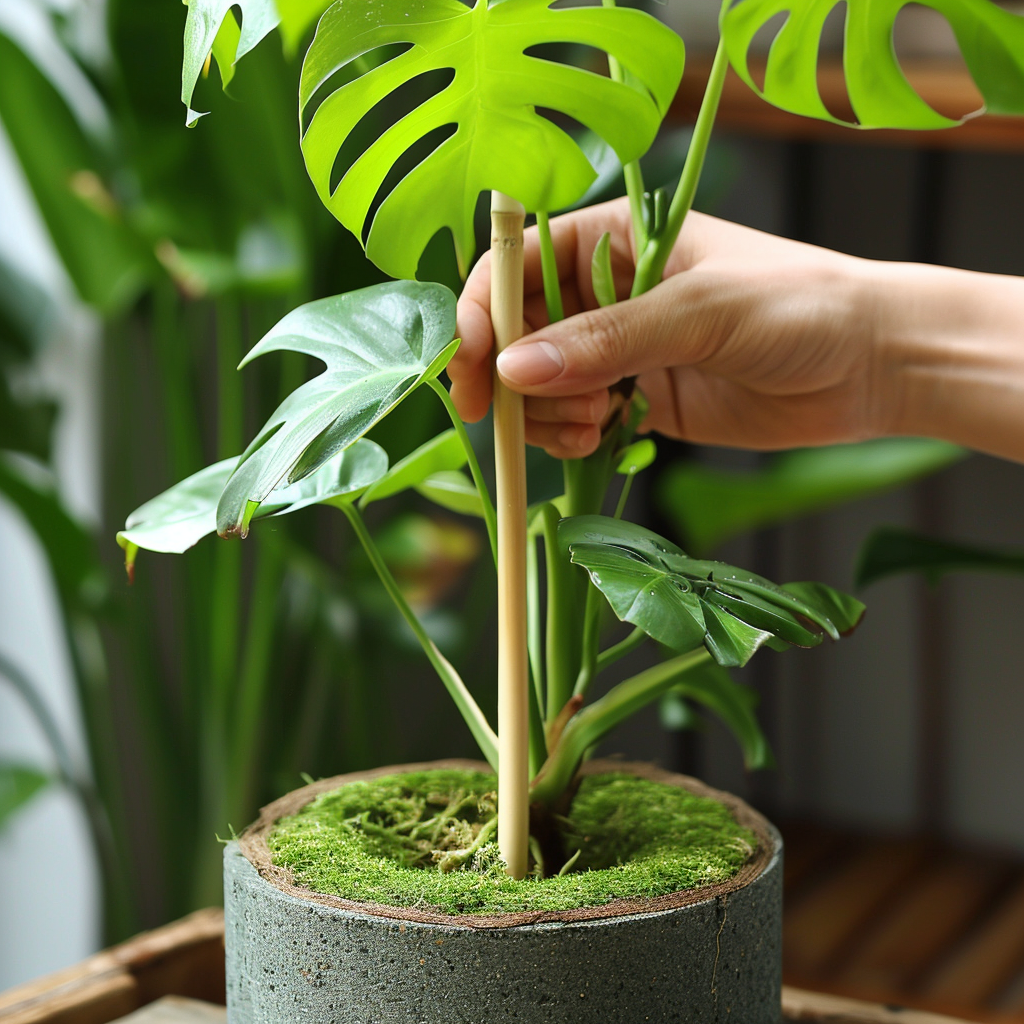
Providing a Wall Mount or Shelf
For large, cascading monsteras, mounting the plant onto a wall or shelf can provide the necessary support.
Selecting a Mounting Method
- Wall mounts like brackets allow the entire plant to be displayed on a wall. Shelves support cascading stems.
- Choose a sturdy mount that extends out from the wall at least 8-12 inches to support the plant’s size and weight.
- Ensure the mount is properly secured and can support a heavy plant. Use anchors for drywall or studs for added stability.
Securing the Plant
- Place the monstera into a pot that fits inside the mount. The pot should be wider than the mount to keep the plant centered.
- Gently tie thicker stems emerging from the pot to the mount. Periodically add ties as stems lengthen.
- Allow the plant to cascade naturally from the support. Prune or train as needed to maintain an appealing look.

Upgrade your indoor garden with our Monstera Variegated selection
Providing Moisture
- Check soil moisture frequently, as mounted plants can dry out quicker. Water thoroughly whenever the top several inches of soil become dry.
- Increase humidity around the plant by grouping other plants nearby, using a humidifier, or misting regularly.
Other aroids like Syngonium, Homalomena, and Colocasia can also benefit from similar mounting techniques, making them great companions to your monstera.
Additional Supportive Care
Combine supports with proper care to keep your monstera thriving in an upright position long-term.
- Rotate the plant occasionally to promote even growth towards its support.
- Prune back leggy, weak stems and train new growth along the support.
- Stake heavy branches that extend away from the support to prevent drooping and damage.
- As the plant grows, either add height to the support or trim the top growth to keep the size manageable.
Offer Support If you want your monstera to grow upward, it needs something to grow on and some help staying vertical. A successful option used by many plant parents is a moss pole. The moss provides an organic form of support, and the monstera’s aerial roots will attach to the pole and help guide it upward.
Plants like Philodendron, Monstera, and Epipremnum can also thrive with similar supportive care techniques.
Conclusion
Providing adequate support is crucial for keeping your monstera healthy and encouraging it to grow vertically. Moss poles create an attractive, natural looking support system that aerial roots readily cling to. Trellises, poles, stakes, wall mounts and shelves are other options that can work well for monsteras of various sizes and growth habits. Combine a sturdy, well-secured support with proper care like pruning, watering, and humidity control, and your monstera will thrive as it climbs upwards. With a little help, you can maintain your monstera’s stunning, vertical form for years to come.
FAQ
- How do I support my Monstera plant as it grows?
- To support your Monstera plant, you can use stakes or trellises. Gently tie the stems to the support structure using soft plant ties or twine as it grows to help it stay upright.
- When should I start providing support for my Monstera plant?
- Begin providing support for your Monstera plant when it starts to show signs of growth or when its stems become too heavy to stand upright on their own. This is typically after a few months of growth.
- What materials are best for holding up a Monstera plant?
- Materials like bamboo stakes, moss poles, or metal trellises work well for supporting Monstera plants. Choose a material that is sturdy and can withstand the weight of your growing plant.
- Is it necessary to prune my Monstera while providing support?
- Pruning your Monstera can help manage its growth and make it easier to support. Trimming back leggy or excessively long stems can promote a more compact and balanced appearance.
- How often should I check and adjust the support for my Monstera plant?
- Regularly inspect your Monstera plant and its support system. Adjust ties, stakes, or trellises as needed to ensure the plant remains well-supported and doesn’t become overcrowded or damaged by its own weight.

